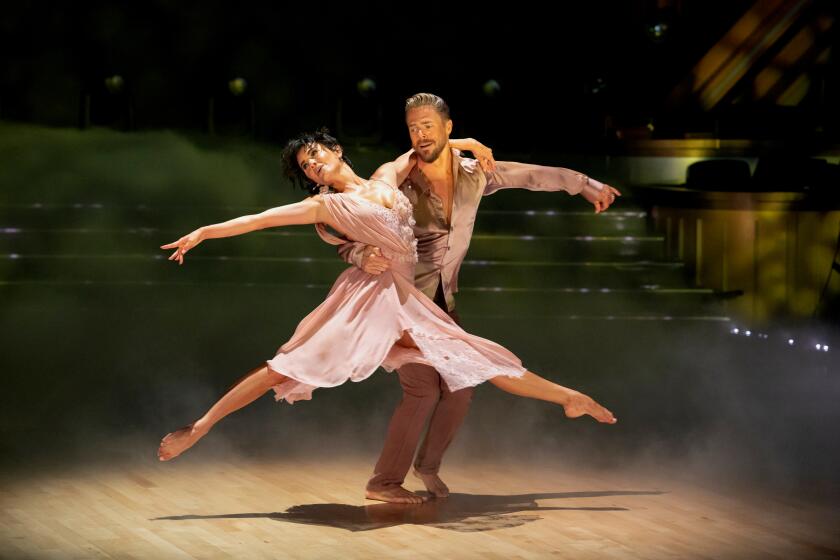Exploring the âDocumentaryâ Image at the Kopeikin Gallery
Some of the many fictions inhabiting the âdocumentaryâ image are explored in a noteworthy exhibition at Paul Kopeikin Gallery, which juxtaposes photographs from August Sanderâs landmark Modernist project, âCitizens of the Twentieth Century,â with Bernd and Hilla Becherâs deadpan, emphatically Postmodern shots of water towers, gas tanks and industrial and domestic facades.
Sander hoped to create a vast archive that would document Germans of all social classes, according to profession, sex and place of domicile. In 1929, the first (and last) volume of his insistently objective portrait photographs appeared. His probably unintended portrayal of the heterogeneity of the German people displeased the Nazi regime, which destroyed the plates of the book and more than 40,000 negatives.
If Sanderâs work comes out of Germanyâs broad-ranging Neue Sachlichkeit (âNew Objectivityâ) movement, the Bechers come out of a 1960s Systems Aesthetic, marked by fixed parameters, exhaustive series and rigid rules. Yet, perhaps inevitably, some of the most interesting moments, for both Sander and the Bechers, are those in which the image proclaims its specificity and ruptures its context.
Sanderâs 1919 photograph of a young farm girl, posed outside her garden gate, recalls Lewis Carrollâs photographs of a young Alice Liddell, all tumbling curls and nascent eroticism. The image is pure romantic fantasy.
Not so the Bechersâ 1985 photograph of the front of a stucco house in Hachenburg. Like all of their images, it compresses three dimensions into pure facade, a surface ornamented with pictorial detail. Here, the details include an asymmetrical arrangement of windows and an ill-proportioned door. The whole resembles a pockmarked face with too many pairs of eyes, all of which appear to be winking.
* Paul Kopeikin Gallery, 170 S. La Brea Ave., (213) 937-0765, through Oct. 21. Closed Sundays and Mondays.
*
Shape Shifting: At Craig Krull Gallery, Susan Siltonâs photographic self-portraits have been manipulated on a flatbed scanner so that the artistâs features appear to be stretched, compressed or wrapped around one another in anguish, befuddlement or any number of other emotional states. Andre Kerteszâs âdistortions,â Raoul Ubacâs brulages and Man Rayâs solarizations all come into play here, as Silton pays homage to Surrealist photography and its catalogue of mutated limbs, exploding torsos and gashed faces.
Yet within the history of Surrealism, it is almost never the invariably male artist whose body is subject to optical torture. In surrendering her own image to an apparatus she can only partially control, Silton positions her self-portraits in relation to the work of Cindy Sherman--another feminist artist perversely fascinated by Surrealism.
Silton is torn between the desire to lose herself in the photographâs shifting planes of black and gray and the need to proclaim an identity, however contingent. Like Sherman, she is playing hide-and-seek; yet she canât quite master the playfulness or wit that makes the formerâs work so trenchant a critique of the photographic portrait and its promise of more than a mirror image.
And it would seem that she doesnât wish to. For the greatest strength of Siltonâs work is neither its conceptual program nor its formal razzle-dazzle, but its sincerity. It has the unsettling but not wholly unwelcome effect of bringing us close to someone who never was.
* Craig Krull Gallery, Bergamot Station, 2525 Michigan Ave., Santa Monica, (310) 828-6410, through Oct. 14. Closed Sundays and Mondays.
More to Read
The biggest entertainment stories
Get our big stories about Hollywood, film, television, music, arts, culture and more right in your inbox as soon as they publish.
You may occasionally receive promotional content from the Los Angeles Times.










